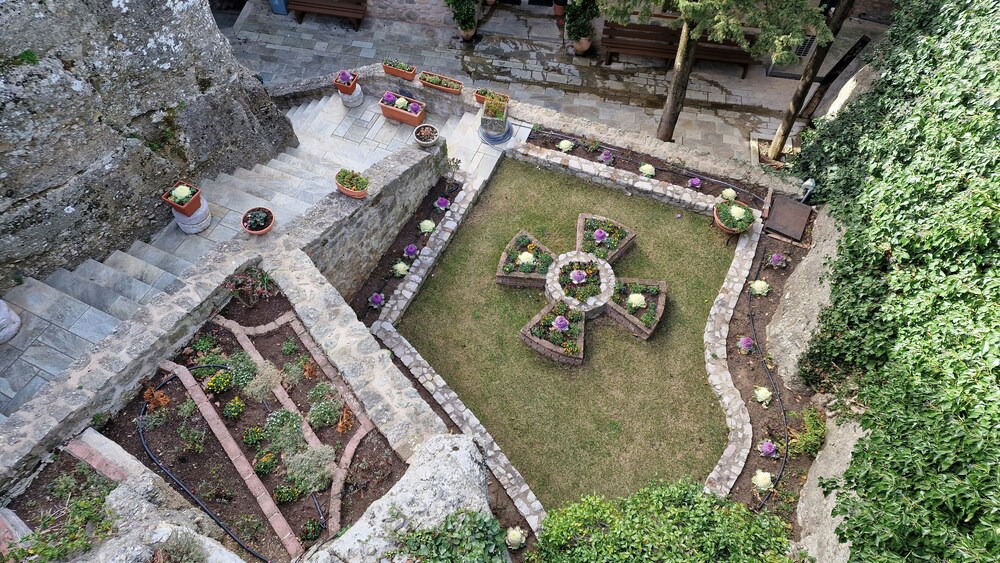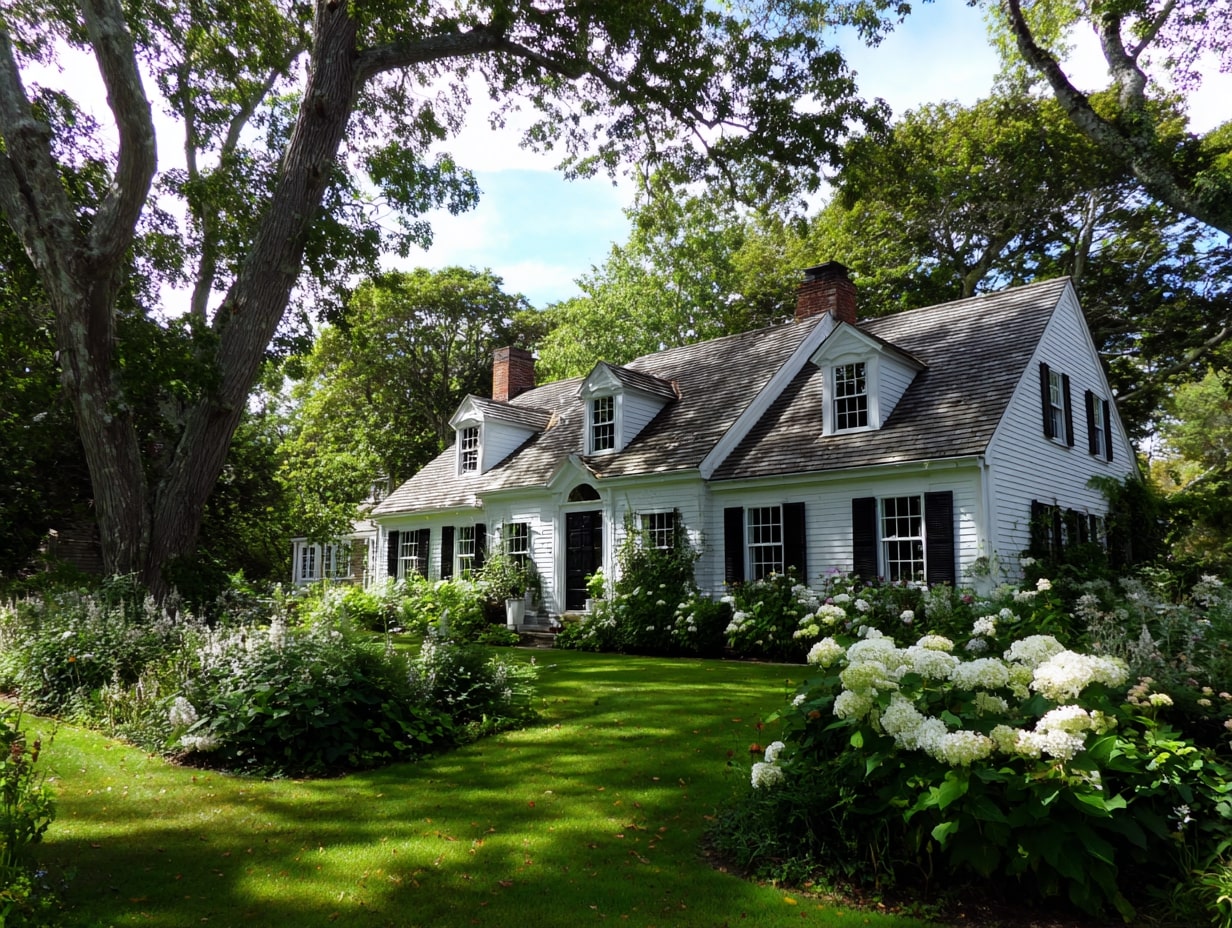- Home
- Articles
- Architectural Portfolio
- Architectral Presentation
- Inspirational Stories
- Architecture News
- Visualization
- BIM Industry
- Facade Design
- Parametric Design
- Career
- Landscape Architecture
- Construction
- Artificial Intelligence
- Sketching
- Design Softwares
- Diagrams
- Writing
- Architectural Tips
- Sustainability
- Courses
- Concept
- Technology
- History & Heritage
- Future of Architecture
- Guides & How-To
- Art & Culture
- Projects
- Interior Design
- Competitions
- Jobs
- Store
- Tools
- More
- Home
- Articles
- Architectural Portfolio
- Architectral Presentation
- Inspirational Stories
- Architecture News
- Visualization
- BIM Industry
- Facade Design
- Parametric Design
- Career
- Landscape Architecture
- Construction
- Artificial Intelligence
- Sketching
- Design Softwares
- Diagrams
- Writing
- Architectural Tips
- Sustainability
- Courses
- Concept
- Technology
- History & Heritage
- Future of Architecture
- Guides & How-To
- Art & Culture
- Projects
- Interior Design
- Competitions
- Jobs
- Store
- Tools
- More
Unlocking Opportunity: Boost Productivity with Minimalist Office Design
Discover the power of minimalist office design in enhancing productivity and stress reduction. This article unravels the benefits of simpler spaces, emphasizing the role of decluttering, efficient lighting, and sustainability in promoting mental clarity and creativity. An essential read for modern professionals and interior design enthusiasts alike.

In the bustling world of business, the workspace environment plays a pivotal role in fostering creativity and productivity. The minimalist office design trend, characterized by its simplicity and functionality, is rapidly gaining traction. This design philosophy, embraced by firms like Tom Chung Studio in Toronto and It Met in Buenos Aires, is reinventing traditional workspaces into versatile, reconfigurable hubs.
These firms are pushing the boundaries of design by transforming industrial spaces into flexible offices and event facilities. They’re using economical, hardwearing materials and innovative systems like drapery tracks and modular panels. The result? Spaces that can adapt to a company’s changing needs, promoting an efficient and stimulating work environment.
Join us as we delve deeper into the world of minimalist office design, exploring its benefits, opportunities, and how it’s shaping the future of workspaces.

Table of Contents
ToggleEssence of Minimalist Office Design
The heart of minimalist office design beats to a different rhythm than traditional office spaces. It’s a world marked by purpose, clarity, and simplicity. It whispers the mantra “less is more.” Let’s dive into the foundational characteristics that lend minimalist workspaces their particular appeal, and explore the psychology behind this design approach.
Key Characteristics of a Minimalist Workspace
Minimalist office design banks on crucial elements like functionality, simplicity, and efficiency. It courageously lets go of excess and wraps itself in a shroud of focused minimalism. Here are the standout features of such a pared-down design:
- Simplicity – A minimalist workspace utilizes a tidy, clutter-free aesthetic. It pares back design elements to essentials, leveraging simplicity for visual and spatial clarity. Instances include clean lines, uncluttered surfaces, and sparse decorations.
- Functionality – This design approach gives priority to function over form. Each item or piece of furniture has a distinct purpose, thus maximizing utility while minimizing waste.
- Neutral color palette – Subtle, neutral hues, such as whites, grays, and earth tones, are often the colors of choice in minimalist design. They offer a sense of serenity and openness in the office space.
- Efficient storage – Minimalist office designs smartly integrate storage solutions. This strategy reduces visible clutter and enhances cleanliness, fostering a more organized, focused workspace.
The Psychological Impact of Minimal Design
Beyond the surface aesthetics, minimalist office design appeals to the mind in ways that traditional office spaces may not. This approach taps into our innate desire for order and simplicity, and it affects our cognitive and emotional state in the workspace:
- Reduction of Stress – Minimalist environments, with their clutter-free spaces and straightforward design, can produce less stress. The lack of visual chaos allows individuals to think more clearly and focus on tasks at hand.
- Increase in concentration – The lack of distractions in a minimalist office encourages employees to concentrate better on their tasks, therefore boosting productivity.
- Ignites creativity – A clear, open space serves as a blank canvas that allows creative thoughts to flow uninhibited.
- Boosts efficiency – Fewer possessions and streamlined furniture translate to less time spent on maintenance and searching. With clear paths to follow, workflows improve, and efficiency escalates.
We now understand the essence of minimalist office design. It’s a journey toward simplicity and functionality that aligns physical space with our mental space. At its core, a minimalist workspace serves as an aid to focus, productivity, creativity, and the overall wellbeing of its occupants. Fast gaining popularity, such workspaces are rapidly transforming the canvas of corporate norms.

Advantages of Embracing Minimalism in the Office
Embracing the principles of minimalism in office design yields more benefits than just aesthetic appeal. Minimalism has transformative powers that enhance focus, heighten productivity, and fashion a stress-free work environment. At the core, it’s more than just a design trend; it’s a philosophy that positively impacts how we perform and interact in the workspace.
Fostering Focus and Productivity
In a minimalist office, every object serves a purpose, reducing distractions and clutter that often compete for our attention. By surrounding ourselves with only necessary items, we create a relaxed and focused work environment. The clean lines and simple color palettes associated with minimalism keep our minds clear, helping us to concentrate on tasks at hand. Empirical data suggest a direct correlation between an uncluttered workspace and increased productivity. For example, a Harvard study found that managing visual distractions from clutter in workspaces could optimize productivity by 32%.
Creating a Stress-Free Environment
Minimalist office design plays a profound role in reducing work-related stress. A clutter-free workspace fosters clear thinking and lessens feelings of being overwhelmed. Aside from reducing physical clutter, minimalism also includes an element of effective space planning. It promotes openness and optimizes space usage, ensuring that walkways are clear and all office elements are arranged safely and conveniently. Such systematic orientation in workspace planning reduces avoidable stress, promotes a sense of calm, and in turn, significantly increases employee satisfaction.
Enhancing Creativity and Collaboration
Beyond personal workstations, minimalist design principles can also be extended to communal spaces, break-out areas, and conference rooms. The simplicity and open-plan layout that minimalist design encourages can foster more effective collaboration and facilitate idea exchange among employees. This seamless flow between work areas sparks creativity, promoting interactive and innovative thinking. It’s not just the aesthetics that amplify creativity, but also the organization and sense of orderliness, providing an optimal environment where employees can expand their innovative potential.

Designing a Minimalist Office: Practical Tips
The essence of a minimalist office design lies not only in its simplicity but also in the careful selection and arrangement of furniture, the strategic use of color and light, and an emphasis on functionality. In this section, we’ll discuss practical tips for implementing a minimalist design in your office.
Selecting a Suitable Color Scheme
An optimal color scheme contributes significantly to the overall ambiance of a minimalist office. Earth tones typically resonate with minimalist designs, enriching open spaces and harmonizing with mainstay materials like hardwood and concrete. Light, neutral hues like gray and white simultaneously promote a sense of calm and invite creativity, embodying the minimalist ideology perfectly. Bright, airy spaces inherently foster a cleaner and more inviting atmosphere, enhancing employee comfort and productivity.
The Role of Natural Light
Utilizing natural light can dramatically transform the office environment. Not only does it enhance brightness but it also revitalizes the workplace, offering ample illumination that complements the minimalistic design and brings out the true colors of the interiors. Designers often advocate for designs favoring large, transparent windows that allow natural light to flood into the work areas. This technique aligns with the minimalist principle of simplicity while also promoting energy efficiency—a conscious step towards environmental sustainability.
Essential Furniture: Less is More
Minimalist office design thrives on a ‘less is more’ principle. Streamlining office furniture to its bare essentials eliminates clutter and allows for more open, breathable workspaces. Multi-functional furniture—that serves more than one purpose—is a smart and practical choice, as it reduces the overall number of items in the workspace, contributing to its minimalistic appeal. Remember that an effective minimalist design is one where functionality doesn’t suffer due to simplicity; every furniture piece should contribute to the overall productivity of the environment. Hence, prioritize investing in ergonomically designed furniture that ensures comfort along with an aesthetically pleasing appearance.

Overcoming Challenges in Minimalist Office Design
Implementing minimalist office design indeed poses its fair share of hurdles. Notably, balancing function with form can often become a puzzle. Despite the challenges, creative solutions exist, stemming from a thoughtful understanding of the office’s requirements and careful planning of the space layout.
Balancing Aesthetics with Functionality
Achieving visual appeal, while ensuring office productivity, is a common obstacle. To overcome this, prioritize function over form. Focus on essential elements, such as sturdy tables and ergonomic chairs, because these contribute significantly to the functionality of a workspace. For instance, the Shanghai studio NeriHu skillfully adopted this approach when converting a former missile factory into a car repair garage and offices. They preserved much of the original building elements creating a harmonization of metalwork, grey paintwork, with refined walnut timber and brushed bronze elements.
Adapting to Space Constraints
In space-limited offices, optimizing available square footage becomes critical. A well-orchestrated strategy could include the use of multi-purpose furniture or structures as addressed by Dutch studio KAAN Architecten. They converted the 1950s De Nederlandsche Bank building into their 1400-square-metre headquarters. They utilized coarse concrete columns and smooth white walls to maximize space and maintain function with elegance.
Ensuring Comfort in a Minimalist Setting
Minimalist office design might sometimes feel bare and unsupportive. However, selecting the right furniture and incorporating sufficient lighting, both natural and artificial, can greatly elevate comfort levels. Investing in ergonomic essentials, having adequate room for movement and ensuring good illumination contribute to the physical well-being of staff.
Overcoming these challenges might require strategic planning and a keen eye for detail. Nonetheless, once these hurdles are handled properly, a minimalist office design can offer a harmonious balance between productivity, creativity, and a stress-free work environment.
The Minimalist Office as a Future-Proof Concept
Building on our previous discussion, we’re focusing now on how minimalism can cater to future workplace trends, boost employee well-being, and entice top talents.

Adapting to Hybrid Work Models
The future office invisions a hybrid model – a melange of in-office and remote employment. The minimalist workplace aligns perfectly with this notion by offering flexible, decluttered spaces that can be adapted to multiple functions. Take, for example, the 1400 square meter headquarters of KAAN Architecten in Rotterdam. The firm transformed the 1950s De Nederlandsche Bank building into their workspace, combing rough concrete columns with smooth white walls and intricate walnut floorboards. This mix of raw and refined elements encapsulates the utilitarian layout and sets a clear example of how to adapt a space to a dynamic work setting.
Minimalism’s Role in Employee Well-Being
Minimalist office design plays a pivotal role in enhancing employees’ well-being. A clutter-free environment fosters tranquility, bringing down stress levels and augmenting productivity. Shanghai’s NeriHu studio has masterfully demonstrated this by transforming a former missile factory in Beijing into a car repair garage and office. Preserving much of the original essence, the use of industrial-style metalwork paired with refined walnut timber and brushed bronze creates an ambiance that combines nostalgia with welfare. These deliberate design selections not only hark back to the craftsmanship of antique cars but ensure a serene work environment for the employees.
Attracting Talent with Design Aesthetics
A well-organized and aesthetically pleasing workplace attracts talents by demonstrating an organization’s attention to detail and commitment to providing a comfortable, inspiring work environment. The office design thus becomes a silent recruiter, reflecting a company’s values and the importance it places on its employees’ well-being. Eager talents would indeed be drawn to such environments, making the minimalist office design a potent tool to reel in prime prospects.
Overall, a minimalist office design foresees and caters to future workplace trends, serves the vital purpose of aiding employee well-being, and proves itself as a silent yet powerful talent magnet.

Conclusion
Limiting distractions plays a crucial role in maximizing concentration within the office. Embracing a minimalist office design serves as an efficient mechanism to achieve this goal. When employees see less clutter in their surroundings, they notice a remarkable reduction in anxiety, resulting in an organized Diverse storage solutions, as mentioned earlier, promotes and supports this clean environment, transforming offices from chaotic spaces into orderly sanctuaries. Floating shelves and wall-mounted storage systems, for instance, help prevent any disorganization from taking place.
Routine cleaning amplifies the impression of cleanliness and order at work. It’s not merely about removing dust and debris; it’s about retaining the minimalist effect. Having tidy workstations supports this idea, hence the need for teams to maintain the cleanliness of their respective spaces. As cleanliness helps preserve the minimalist design, harmony gets sustained, emphasizing function and aesthetics.
The rising awareness about our environment’s psychological impact illustrates the need to adopt a minimalist design. Clutter-free spaces pave the way for uncluttered minds, diminishing anxiety and fostering creativity. Mindful purchasing, anchoring on quality over quantity, underpins the minimalist home office setup’s sustainability. It exemplifies not just productivity and mental clarity, but also resonates perfectly with the contemporary ethos of sustainable living.
A minimalist office design garners more than just an aesthetically pleasing ambiance—it promotes productivity, creativity, and employee wellbeing. The minimalist design’s emphasis on clarity, functionality, and mental tranquility certifies it as an ideal solution for professionals in the current era. The latent need for spaces that cater to both professional and personal needs underlines the value of minimalist office setups, fortifying its place in modern home and office design.
Submit your architectural projects
Follow these steps for submission your project. Submission FormLatest Posts
Useful Tips for Planning A Backyard Layout That Feels Spacious
Creating a backyard that feels spacious can transform your outdoor experience, making...
American Architecture Styles That Shaped a Nation
Explore American architecture styles from Colonial to modern—key features, icons, and timelines...
How Environmental Planning Shapes Modern Architecture in Houston
Houston does not design buildings in a vacuum. Every structure rises inside...
Smart Steps for Repairing Your Garage
Keeping your garage safe and reliable is mostly about steady habits and...












Leave a comment